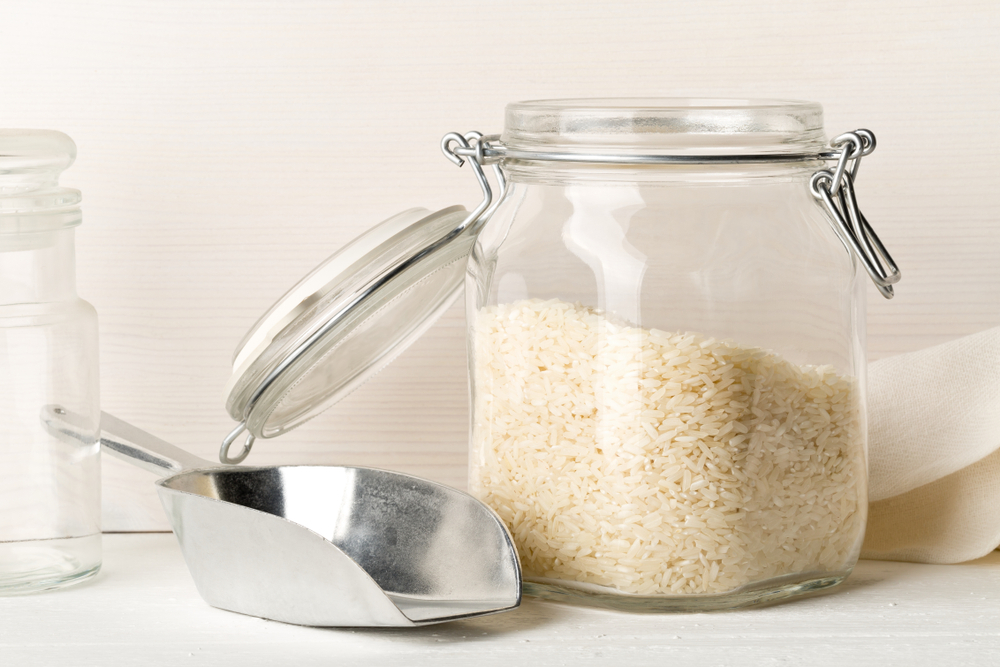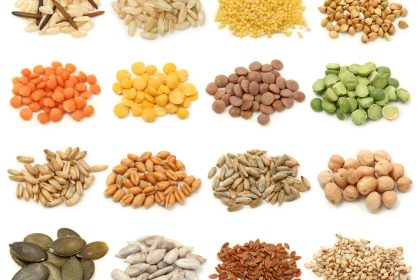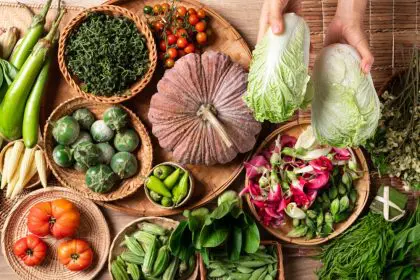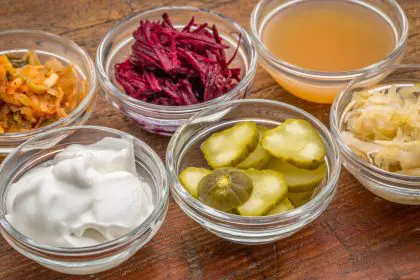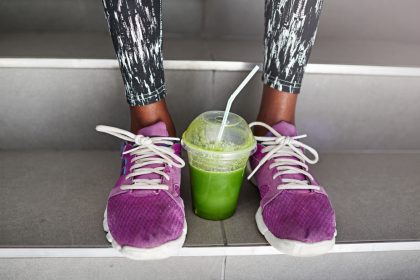You probably think cooking rice is straightforward: measure, rinse, boil, done. But traditional cultures around the world have been using a simple soaking technique for thousands of years that transforms rice from a basic carbohydrate into a more nutritious, easier-to-digest food. Modern science is finally catching up to what our ancestors knew instinctively about proper grain preparation.
That extra step of soaking rice for several hours or overnight before cooking might seem unnecessary in our fast-paced world, but it triggers biochemical changes that significantly improve the nutritional value and digestibility of this staple food. You’re not just softening the grains, you’re activating enzymes and reducing compounds that interfere with nutrient absorption.
The health benefits of soaked rice are so significant that it could change how you think about this everyday food. From reducing blood sugar spikes to increasing mineral absorption, this simple technique turns ordinary rice into a more functional food that better supports your health goals.
Soaking breaks down antinutrients that steal your minerals
Rice contains natural compounds called antinutrients, particularly phytic acid, that bind to essential minerals like iron, zinc, calcium, and magnesium, preventing your body from absorbing them. Think of phytic acid as a mineral thief that steals nutrients right out of your digestive system before you can benefit from them.
When you soak rice, you activate enzymes called phytases that begin breaking down these antinutrients. This enzymatic process essentially pre-digests the rice, making the minerals more bioavailable when you eat it. You’re getting more nutritional value from the same amount of food simply by planning ahead.
The soaking process is particularly effective at reducing phytic acid levels when combined with slightly acidic conditions. Adding a tablespoon of lemon juice or apple cider vinegar to your soaking water enhances the breakdown of antinutrients even further.
This mineral liberation effect is especially important for people who eat rice regularly as a dietary staple. If rice makes up a significant portion of your caloric intake, maximizing its mineral content through proper preparation can make a meaningful difference in your overall nutritional status.
Pre-soaking dramatically lowers the glycemic impact
One of the most significant health benefits of soaking rice is its effect on blood sugar response. Soaked rice has a lower glycemic index than regular rice, meaning it causes less dramatic spikes in blood glucose levels after eating. This difference can be substantial enough to matter for diabetes management and weight control.
The soaking process begins breaking down some of the starch molecules, creating a food that’s absorbed more slowly and steadily by your digestive system. Instead of flooding your bloodstream with glucose all at once, soaked rice provides more sustained energy release over time.
This slower absorption pattern also helps prevent the energy crashes that often follow meals high in quickly-absorbed carbohydrates. You’re less likely to experience that post-meal sluggishness or sudden hunger that drives you to snack between meals.
For people managing diabetes or prediabetes, the blood sugar benefits of soaked rice can be significant enough to allow for better glucose control while still enjoying this satisfying staple food. The difference in glycemic response can be as much as 15-20% lower than unsoaked rice.
Your digestive system handles soaked rice much better
Soaking rice essentially begins the digestion process before the food enters your body, breaking down complex carbohydrates and proteins into more easily absorbed forms. This pre-digestion reduces the work your digestive system has to do and can prevent digestive discomfort that some people experience with rice.
The enzymes activated during soaking help break down proteins and starches that can be difficult for some people to process. This is particularly beneficial for people with sensitive digestive systems or those who experience bloating, gas, or discomfort after eating rice meals.
Soaked rice also tends to cook more evenly and thoroughly, creating a texture that’s easier for your stomach acid and digestive enzymes to work with. The improved digestibility means you’re more likely to absorb the nutrients present in the rice rather than having them pass through your system unprocessed.
The fermentation-like process that occurs during extended soaking can also create beneficial compounds and reduce inflammatory substances that might contribute to digestive irritation in sensitive individuals.
Arsenic levels drop significantly with proper soaking
Rice naturally absorbs arsenic from soil and water more readily than other grains, and this heavy metal accumulation has become a legitimate health concern, especially for people who eat rice frequently. Soaking rice with frequent water changes can reduce arsenic content by 30-50%, making it a safer food choice.
The key is changing the soaking water several times during the process. Arsenic leaches out of the rice into the soaking water, so discarding that water and using fresh water for cooking removes a significant portion of this toxic element from your final dish.
This arsenic reduction is particularly important for pregnant women, children, and anyone who eats rice multiple times per week. Even modest reductions in arsenic exposure can have meaningful health benefits over time, especially when accumulated across frequent rice consumption.
The soaking and rinsing process is more effective at removing arsenic than cooking methods alone, making it an important food safety practice rather than just a nutritional optimization technique.
Nutrient density increases through activation processes
Soaking doesn’t just make existing nutrients more available, it actually increases the total nutrient content of rice through activation of dormant compounds. The sprouting process that begins during extended soaking boosts levels of certain vitamins, particularly B vitamins and vitamin C.
The enzymatic activity triggered by soaking also increases the production of beneficial compounds like GABA, an amino acid that has calming effects on the nervous system. Brown rice that’s been soaked and allowed to begin sprouting can contain significantly higher GABA levels than unsoaked rice.
Antioxidant activity also increases during the soaking process as dormant compounds become activated and new beneficial molecules are synthesized. You’re essentially transforming plain rice into a more functionally active food through this simple preparation method.
The mineral content doesn’t just become more bioavailable, the total amounts of certain minerals actually increase as the grain begins to mobilize nutrients for the sprouting process that soaking initiates.
Traditional soaking methods optimize different benefits
Different cultures have developed soaking techniques that optimize for specific health benefits, and understanding these variations can help you choose the best method for your goals. Indian techniques often include soaking basmati rice with spices that enhance digestibility and add therapeutic compounds.
Japanese methods sometimes involve soaking rice with kombu seaweed, which adds minerals and glutamates that enhance both nutrition and flavor. The umami compounds from seaweed can also help reduce the overall sodium needed in rice dishes.
Some traditional methods involve partial fermentation during soaking, which creates beneficial bacteria and further enhances digestibility. This approach is similar to how other grains and legumes are traditionally prepared in cultures where they form dietary staples.
The optimal soaking time varies by rice type, with brown rice benefiting from longer soaking periods than white rice due to its intact bran layer. Understanding these differences helps you maximize the benefits for whatever type of rice you prefer.
Making soaked rice part of your routine
The biggest barrier to soaking rice is planning ahead, but once you establish a routine, it becomes as automatic as any other meal prep activity. The key is starting your rice soaking at the same time each day so it’s ready when you need it.
For busy schedules, you can soak rice in the morning before work and it will be perfectly ready to cook when you get home. The 8-12 hour soaking window gives you flexibility while still providing maximum nutritional benefits.
You can also batch-soak rice on weekends, then drain, rinse, and freeze portions in meal-sized amounts. Frozen pre-soaked rice cooks faster than regular rice and maintains most of the nutritional benefits of the soaking process.
Consider investing in a large glass jar or container specifically for rice soaking so you can easily incorporate this technique into your regular cooking routine. The improved nutrition, digestibility, and blood sugar control make the minimal extra effort worthwhile for anyone who eats rice regularly.
The transformation from simple grain to optimized nutrition happens automatically once you remember to start the soaking process, making this one of the easiest ways to significantly improve the health impact of a food you’re probably already eating.

